V.A. Mozart Symphony №41 "Jupiter"
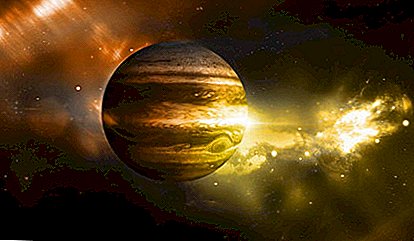 Wolfgang Amadeus Mozart was always a cheerful and cheerful person. But it was in music that he could convey the true feelings associated with difficult life circumstances. Especially multifaceted in terms of the transfer of emotional state is the symphonic music of Mozart. In it, the listener can hear dramatic heat, lyrical intonation and depth of musical thought. Mozart's symphony No. 41 can rightfully be considered the pinnacle of creativity. The perfect form crystallized in this work: monumental and majestic.
Wolfgang Amadeus Mozart was always a cheerful and cheerful person. But it was in music that he could convey the true feelings associated with difficult life circumstances. Especially multifaceted in terms of the transfer of emotional state is the symphonic music of Mozart. In it, the listener can hear dramatic heat, lyrical intonation and depth of musical thought. Mozart's symphony No. 41 can rightfully be considered the pinnacle of creativity. The perfect form crystallized in this work: monumental and majestic.
The history of the Symphony No. 41 by Mozart, the content of the work and many interesting facts can be found on our page.
History of creation
Wolfgang Amadeus Mozart always famous for the ability to quickly and accurately compose real masterpieces. In the summer of 1788, three symphonies appeared from the pen of a musician. It is believed that at this time the musician was under the yoke of a severe material condition. The position of court composer was poorly paid, so it was extremely difficult to feed the family to a young genius. I had to constantly look for an additional way to make money. Perhaps it was the need that was a serious motivation for writing.
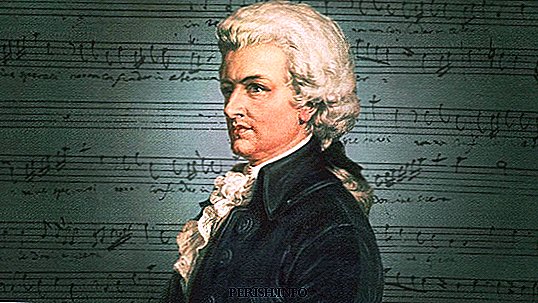
At the beginning of summer, the 39th symphony was created, at the end of July No. 40 was completed. Already on August 10, the score of the symphonic cycle No. 41 was fully completed.
Scientists could not find evidence of the performance of the Jupiter symphony during the composer’s life, so it is likely that he never heard his own composition live. There is a version that the presentation of the composition took place together with the symphonic cycles No. 39 and No. 40 at the opening of Philip Otto's casino, an ardent fan of classical music. It is impossible to confirm this fact, since no data on the concert program has been preserved.
There is one more unconfirmed version. Shortly before his death, Mozart performed his own compositions in several concerts. The program is written only the word symphony, but scientists do not know whether it was "Jupiter" or the composer chose to perform an earlier work.
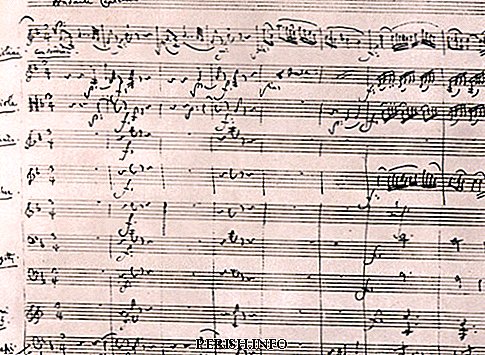

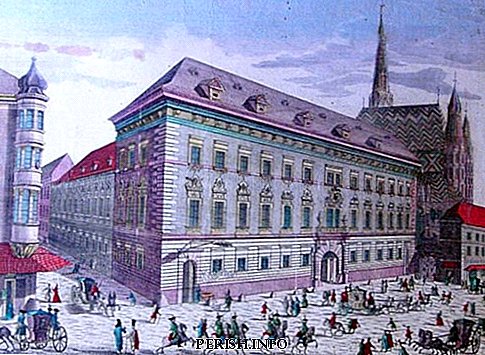
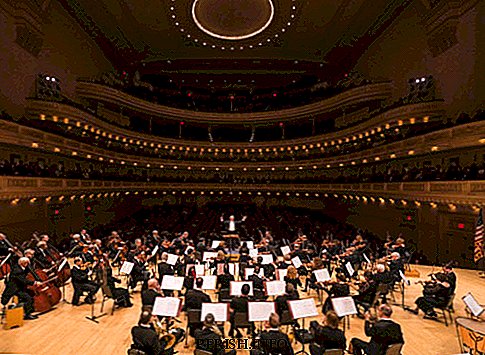
Interesting Facts
- Famous Russian composer Peter Ilyich Tchaikovskyafter listening to the last symphony said that this is "one of the wonders of symphonic music."
- The first recording of the composition took place in 1913 at the beginning of the recording. The music was performed by Walter Rogers.
- Some musicologists claim that Mozart conceived the last three symphonies as a single cycle, united by the ideas of increasing scale. This opinion is shared by the fairly well-known conductor and musicologist Nikolaus Harnoncourt. As evidence, he cites the fact that until the summer of 1788 the musician did not compose several symphonic works at the same time.
- Johannes brahms said that the last three symphonies of Mozart - is a huge contribution to the development of classical music.
- In the 18th century, the symphony was considered one of the longest in sound. On average lasts 33 minutes.
- Alexander Maikapar put in doubt that the author of the name is I.P. Salomon, since he found information that originally called the impresario 90 symphony Haydn.
- The name "Jupiter" is not copyright. It is believed that the name of the planetary scale of the composition was given by the famous at the time impresario and violinist Johann Peter Salomon for his incredible power and strength of sound.
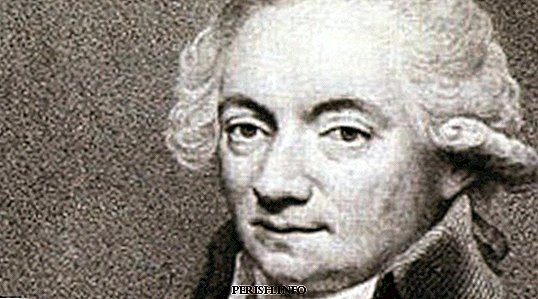
The content of the Symphony "Jupiter"
Symphony №41 "Jupiter" has a special dramatic brilliance. Her tension, intensity carry incredible energy. This endless energy flow is constantly transformed, demonstrating to the listener that graceful play of play, now rolling thunder. This music captures the element of nature, which is not subject to human laws. The symphony is written in the traditional form of the sonata-symphonic cycle and consists of 4 parts, each of which is worthy of endless applause.
Part I - C-dur - Sonata Allegro
The majestic and grandiose music of the introduction is imbued with the sound of rolling tirats. As if from the sky one after another sparkling lightning appear. Not without reason, the music was named in honor of the ancient Roman God of thunder, lightning and sky - Jupiter. The underlined sound of the entire orchestra demonstrates the power and strength of the ruler of the universe. Masculinity and charisma continue to develop in the next topic, permeated with heroic intonations. The sound of brass instruments highlights the march with bright fanfare.
The solemnly jubilant image gives way to a gentle but melodic theme. The ease of violins, their melodiousness stands out against the background of other instruments. Smoothly graceful and sophisticated topic after the general pause darkens. Anxious tremolo strings like a reminder of the anger of Jupiter. But this is only a short-term storm, with no consequences. The feeling of joy and carelessness reigns again in music.
Part II - F-dur - Andante cantabile
Amazing slow part makes you plunge into the sweet world of dreams and fantasies. Images are light and unobtrusive as the clouds float in the mind. Measured calm is only sometimes disturbed by disturbing minor inserts, which Mozart skillfully wove into the general canvas of musical tissue. The struggle of light and darkness, good and evil is that which is eternal and unshakable.
It creates a sense of intrigue. Pressing gloomy exclamations increasingly remind of themselves. Dynamics like waves in a storm, then rises to a powerful fortissimo, then falls to a barely tangible piano. Only at the end of the second part does the original clarity return. Calm and peace reigned again, storms subsided.

Part III - C-dur - Menuet
Wonderful dance minuet is many-sided and unusual. As the bright glass of a kaleidoscope folds into fancy patterns, so the sounds of the orchestra create unique lines. Dance mood combined with heroic motifs, emphasized by trumpets and timpani, creates surprisingly harmonious music.
The trio's music allows the listener to feel the aesthetics of Mozart’s time. Pomp and elegance are subtlely complemented by a touch of coquetry and playfulness. The brilliant luxury of brass, not devoid of pathos, is hidden under the light veil, the solo string group of instruments.
Finale - C-dur - Sonata Allegro
The triumphal festival in honor of all the Gods of Olympus completes Wolfgang Amadeus Mozart’s sonata-symphonic cycle. The polyphonic warehouse gave the musical material even greater grandeur. Amazing musical intricacies are so skillfully executed that the listener does not have the impression of gravity or weight, on the contrary music sparkles from the inside. She exudes sunshine, jubilation. The first theme is written in the spirit of the ancient Gregorian chant. It has a development and will be further emphasized fugato. The second theme has a secular character, it is melodious and pure. At first glance, the themes have nothing in common, but the composer manages to put them together. The symphony ends optimistically, leaving warmth and joy in the soul.
Using the music of the Symphony No. 41 in the cinema

- Brooklyn 9-9 (2018)
- Mozart in the jungle (2018)
- Red Oaks (2016)
- Ida (2013).
Symphony №41 "Jupiter" is a space enclosed in a sound space. Heroic strength and power inspire and captivate the listener. She has a truly Olympic grandeur, colorful timbres and scale composition.

Leave Your Comment